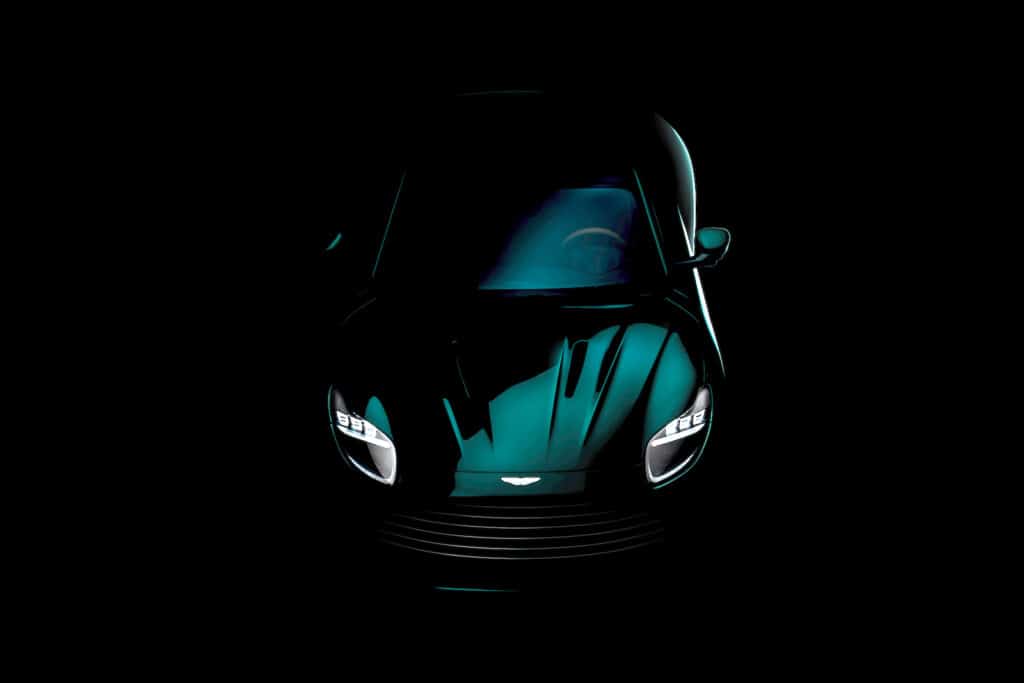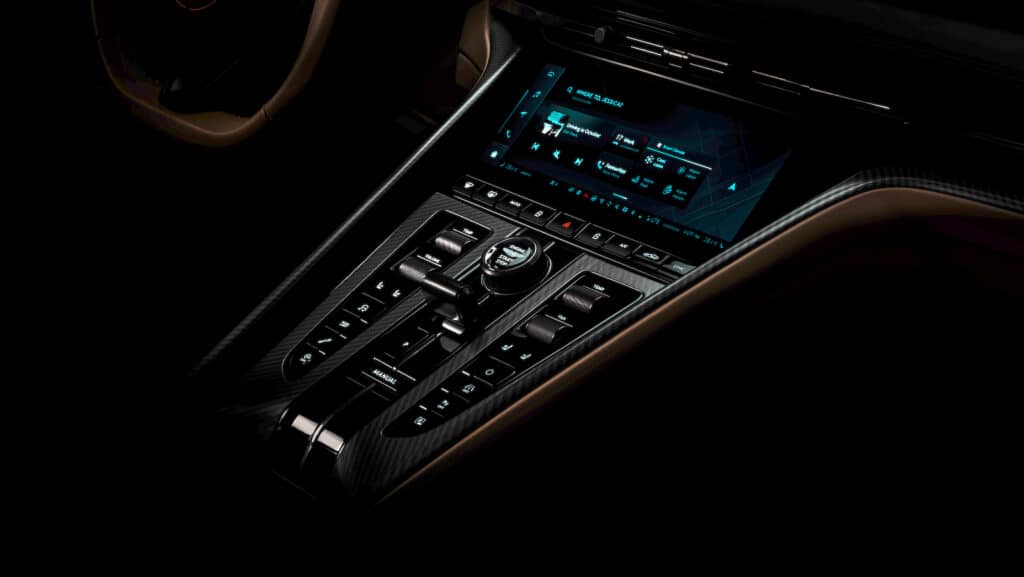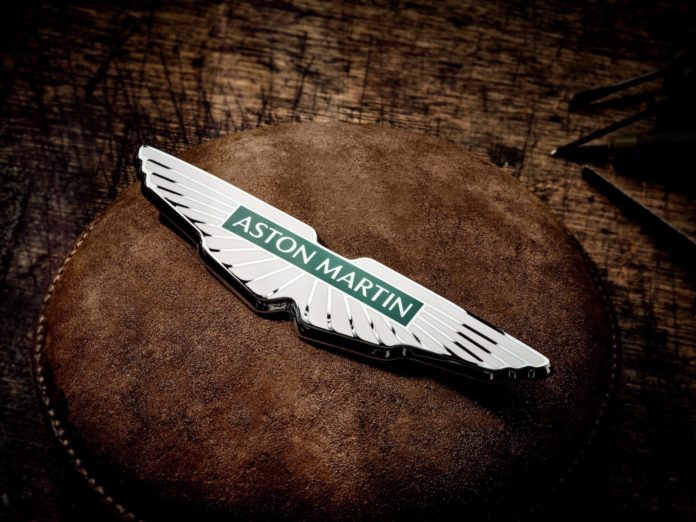Aston Martin Lagonda announced Sunday the famed British automaker will reveal the next generation of its DB sports car May 24. The company provided few additional details, saying only the new generation of DB “will break free from the norms of the GT sector” and that “This is no mere GT. Grand is not enough.”
But what that means for the Vantage, DB11 and DBS, the company’s three front-engine sports cars, is unclear.
An end to internal combustion?
However, the automaker already stated that 2023 will be the last for Aston Martins powered only by internal combustion engines. As if to accentuate the point, the company ended V-12-powered Aston Martin Vantage production last year. The announcement arrived around the same time that the DBS 770 Ultimate debuted, signaling the end internal combustion engines for its flagship sports car, ones powered by Aston Martin’s quad-cam, twin-turbocharged, 60-degree 5.2-liter V-12 engine rated at 760 horsepower and 664 pound-feet of torque.
Once DBS production ends, it will be replaced by the 2024 Valhalla, Aston’s first mid-engine plug-in hybrid hypercar powered by a Mercedes-AMG 4.0-liter twin-turbo gasoline-electric hybrid driveline producing 937 hp. Aston Martin anticipates having an entirely electrified line-up by 2030 and Aston’s forthcoming models will no doubt be gas-electric hybrids as well as full battery-electric vehicles.
But exactly what those models will be and when they might arrive will have to wait until next week’s announcement, when all should become clearer.
The DB heritage

That Aston Martin Lagonda continues to use the DB moniker speaks to its honing to the company’s sports car tradition. In the case of the DB, the name dates to 1947, when British businessman David Brown bought Aston Martin, which until then hadn’t produced more than 170 cars per year. He bought Lagonda the following year, giving him access to the company’s 2.6-liter straight 6, an engine designed by Walter Bentley following his departure from the company he started.
The first car to arrive under Brown’s stewardship was the 1948 DB1, which employed a tubular space frame and was powered by the company’s 2.0-liter 4-cylinder engine. But a mere 15 were produced until the arrival of the 1950 DB2, powered by the Lagonda straight 6 and successfully competing at LeMans and Sebring. The DB2/4 arrived in 1953, a stretched version of the DB2 fitted with vestigial rear seats.
A revised version of the DB2/4 became the DB3 in 1957, which set the stage for an all-new DB, the 1957 DB4, sporting a superleggera (super-light) body designed by Carrozzeria Touring. Under the hood, a 3.7-liter straight-6 generated a healthy 240 hp. It would lead to two spinoffs. The first of them, the DB4GT, featured a shorter chassis, faired in headlamps and an uprated engine with 3 Weber carburetors. It was followed by the DB4GT Zagato, draped in a spectacular lightweight body from the famous Italian coachbuilder.
The classic Aston Martin
Both models paved the way for the DB5, introduced in 1963, the DB5 and derived from the DB4. Once again, it boasted Superleggera aluminum construction and was powered by a 325-hp 4.0-liter 6-cylinder engine. Famous for its starring role in the James Bond film “Goldfinger,” producers had to twist the automaker’s arm to loan them a car. Aston Martin’s financial condition was so dire, executives wouldn’t spare one. Once they did, and the film appeared, demand surged, saving the company.

The DB6 arrived two years later, sporting a longer wheelbase, higher roof and many of the same mechanical bits. It would be joined by a companion model in 1967, the DBS, designed by Aston Martin and powered by a 4.0-liter inline 6 that produced 325 horsepower until 1969, when it received a V-8. The DB6 was built through 1970; the DBS through 1972, the same year David Brown sold the company.
A new DB
The DB name wouldn’t be revived until 1994 when, under Ford ownership, the name was revived for the DB7. While it lacked the aluminum body for which it’s known, the car’s revised Jaguar XJS chassis helped keep down development costs of the Ian Callum-designed car. In 1999, it was joined by the DB7 Vantage and its 420-horsepower 6.0-liter V-12.
But it wasn’t until the arrival of the 2004 DB9 that the company truly had a sports car worthy of its name, with a gorgeous body once more designed by Ian Callum and power courtesy of its carryover V-12. The DBS name returned for 2007, powered by a 510-hp V-12. It was followed by the DB10, aptly named for only 10 were built. Bu it was little more than a rebodied Vantage selling for a seven-figure price tag. The real successor to the DB9 was the 2016 DB11, still powered by a V-12 and still available — albeit for a limited time.
By next week, we should know the next chapter in the 75-year DB story.

